A Journey Through Ribeira Sacra and Ourense

Hello friends. Today I want to share the third and final day of our magical journey through Galicia. The trip kept getting more and more enchanting as the rain became heavier. Still, that didn’t stop us from exploring a region called Ribeira Sacra. It's essentially a sacred valley nestled between two rivers. We soaked in the views, explored cultural heritage sites, tasted local flavors and visited some thermal springs too, since this kind of weather really calls for it.

We started the day in the town of Monforte de Lemos. This place is known as the estate of the Counts of Lemos, a prominent noble family in Spain. Their descendants still live today, by the way. There's a palace, a monastery and a towered fortress all built atop a high hill. The first structures here date back to the 10th century, shortly after the Moors left the area. The Benedictine Order first established the monastery. The current structure dates to the 15th century, when the Counts built the palace. And yes, today this complex houses a classic Parador, which is a historic building turned into a hotel. The rooms are quite traditional, in a typical Spanish style. Staying in a place like this is always a unique experience. I highly recommend trying Parador hotels while traveling through Spain. They’re not always expensive either. For example, this one was very reasonably priced.








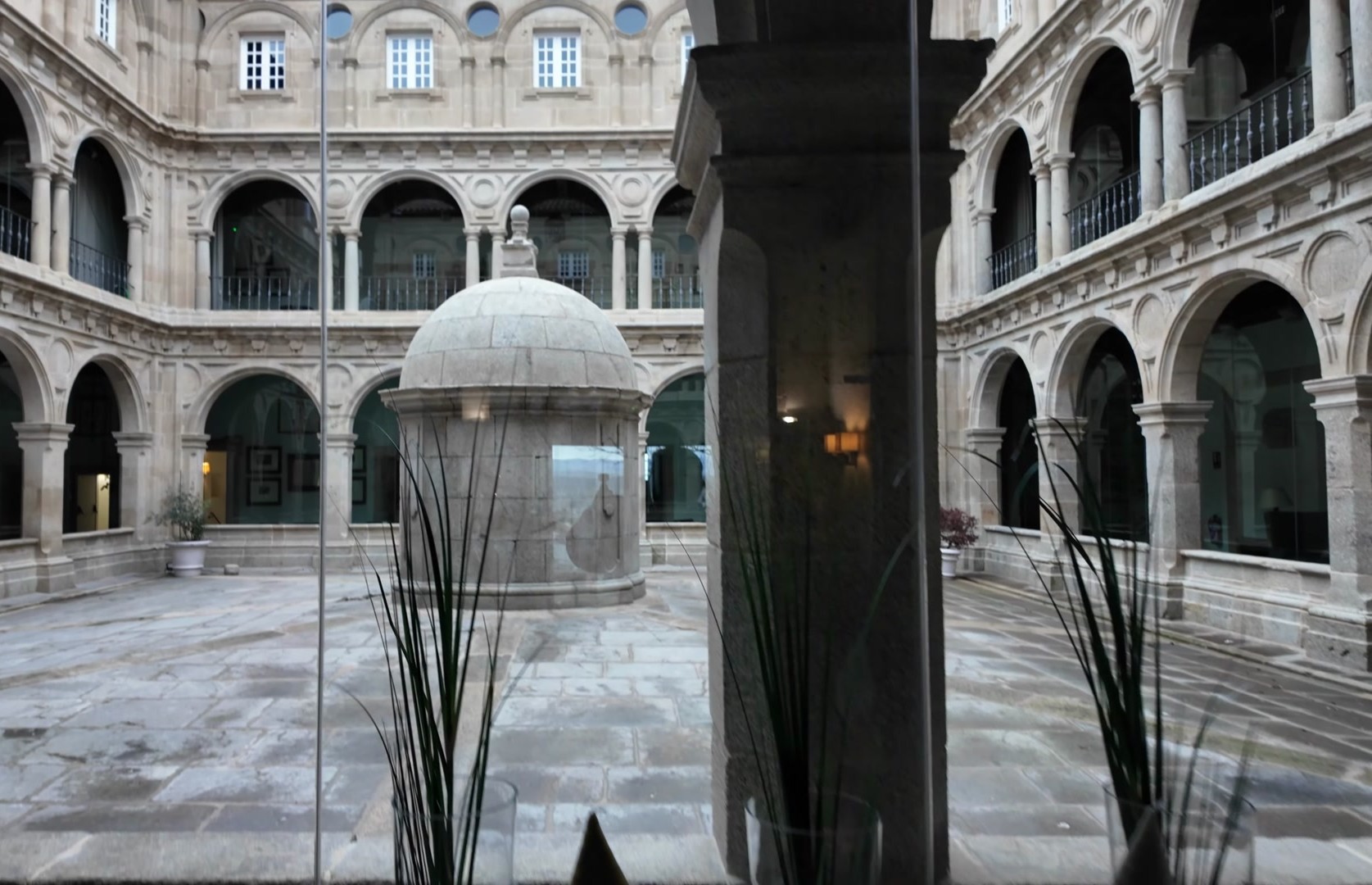







Our second stop was the Monastery of Santo Estevo de Ribas de Sil, located on the banks of the Sil River. It’s a key location for understanding why this valley is called sacred. Two rivers meet here: the Sil and the more famous Minho. The Sil flows into the Minho, which then runs toward the Portuguese border. The banks of the Minho are home to Portugal’s most renowned white wines. Clearly, the microclimate here is ideal for high-quality white wine production. That’s why I recommend paying attention to the Ribeira Sacra wine region.

The monastery’s history dates back to the 6th century, when Christianity began to spread in Spain. It was later expanded and rebuilt after the Muslim period. The current church is Romanesque, while the monastery combines Baroque and Neoclassical styles. This monastery was also converted into a Parador in 2004.
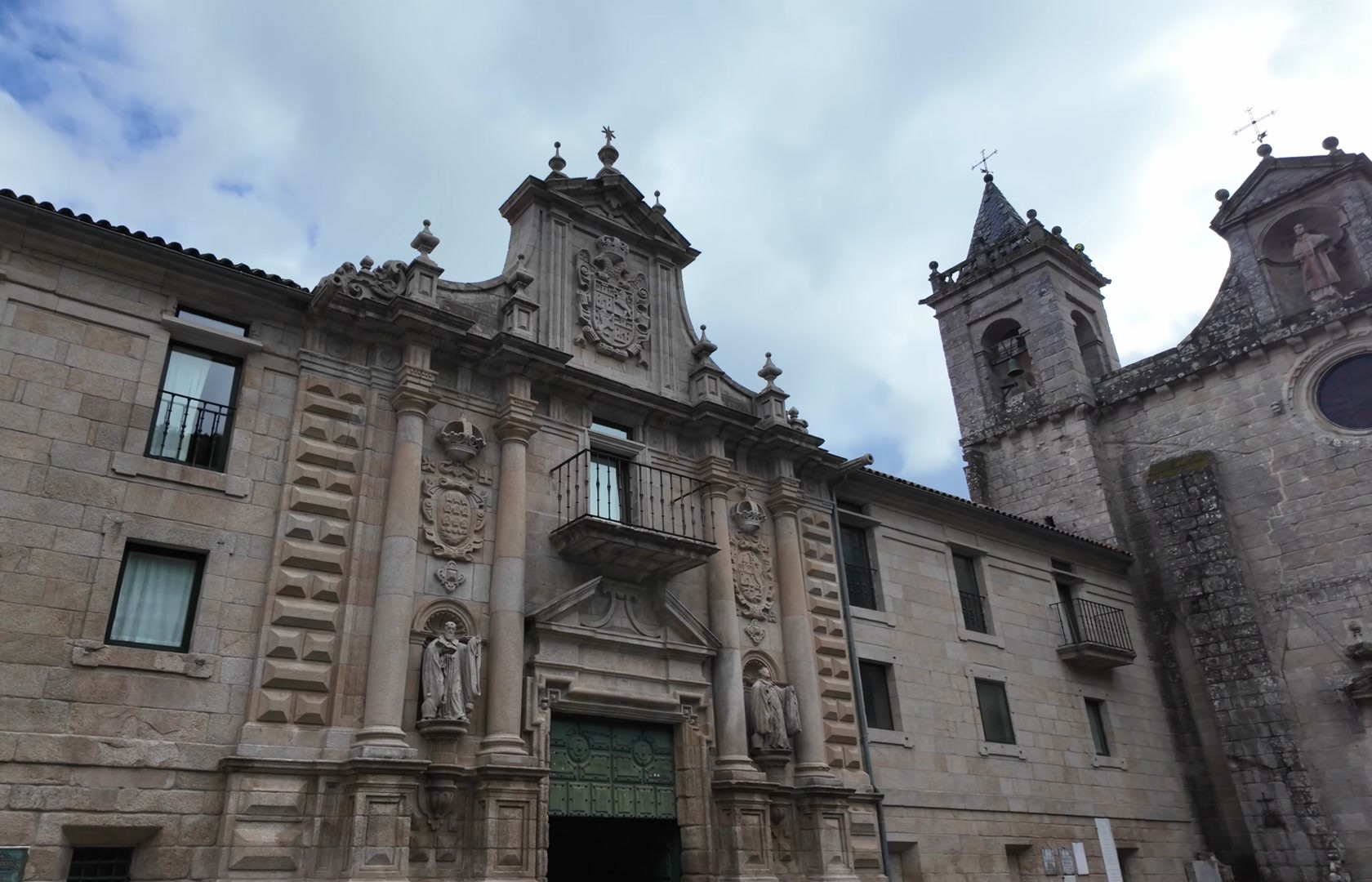
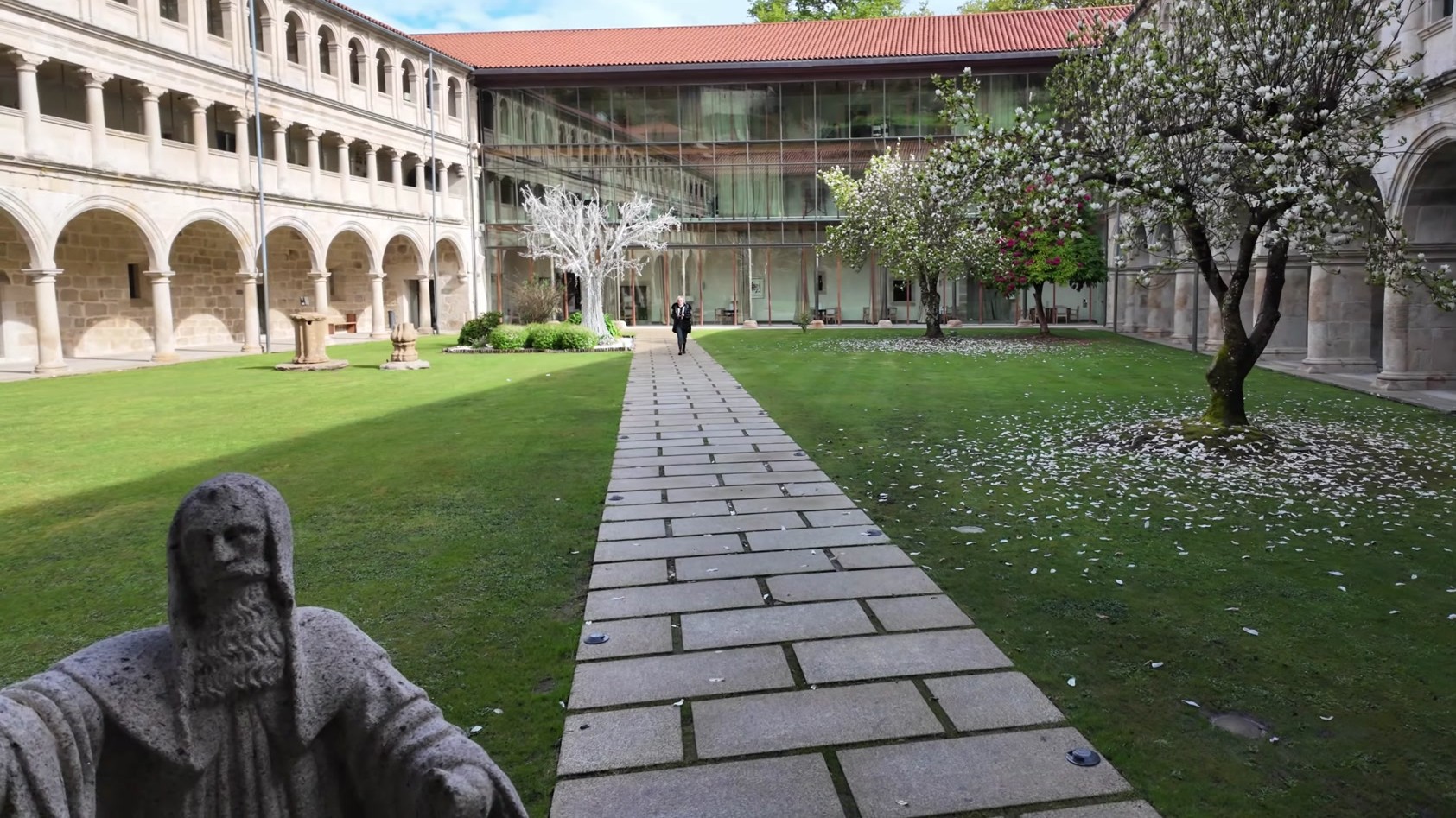
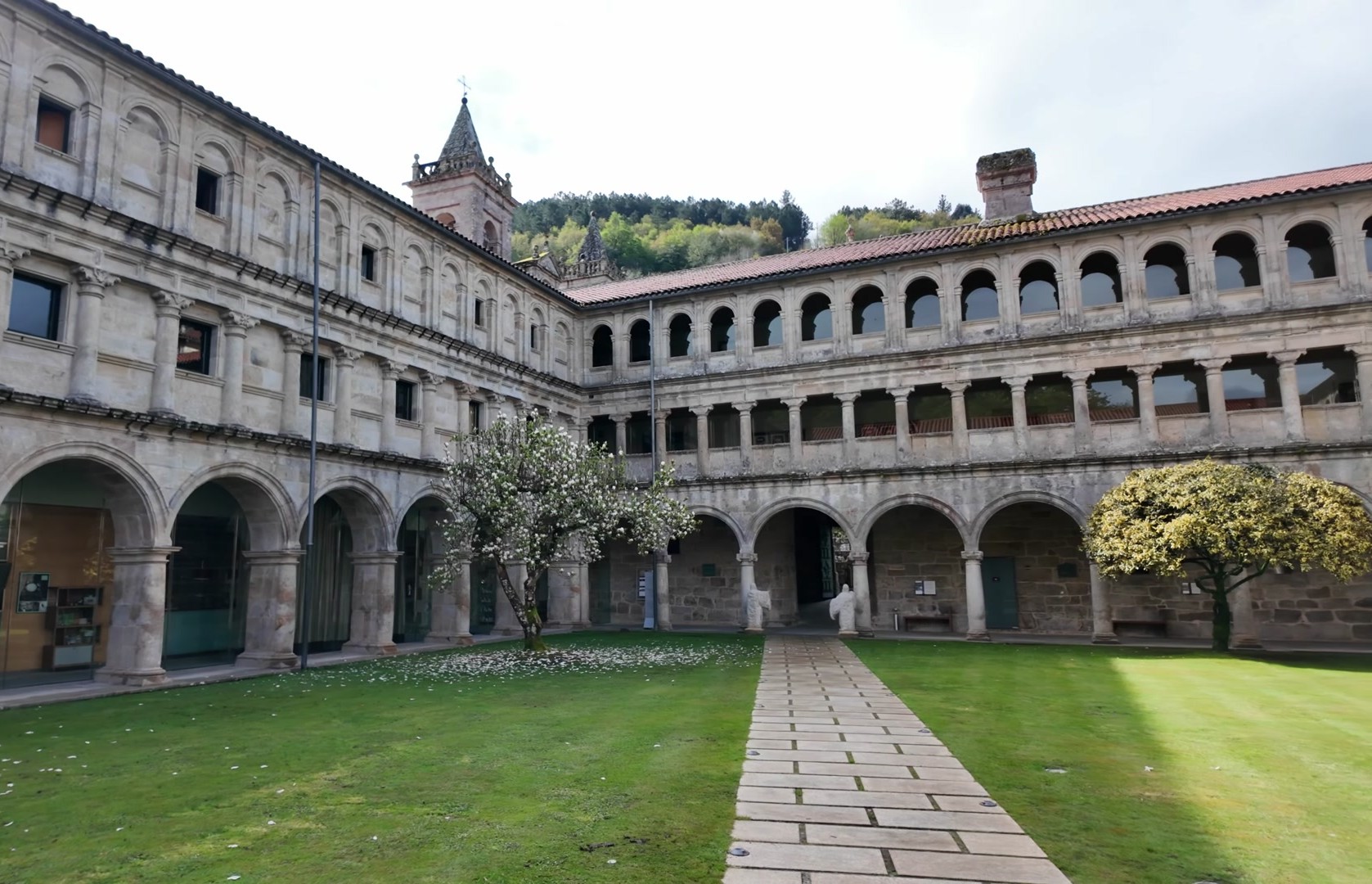
Part of the valley’s sacredness comes from its role in the Camino de Santiago, as several pilgrimage routes intersect here. Many pilgrims came through this region and in fact, nine bishops gave up their offices to join the monastic life here. The monastery’s coat of arms even features their mitres.



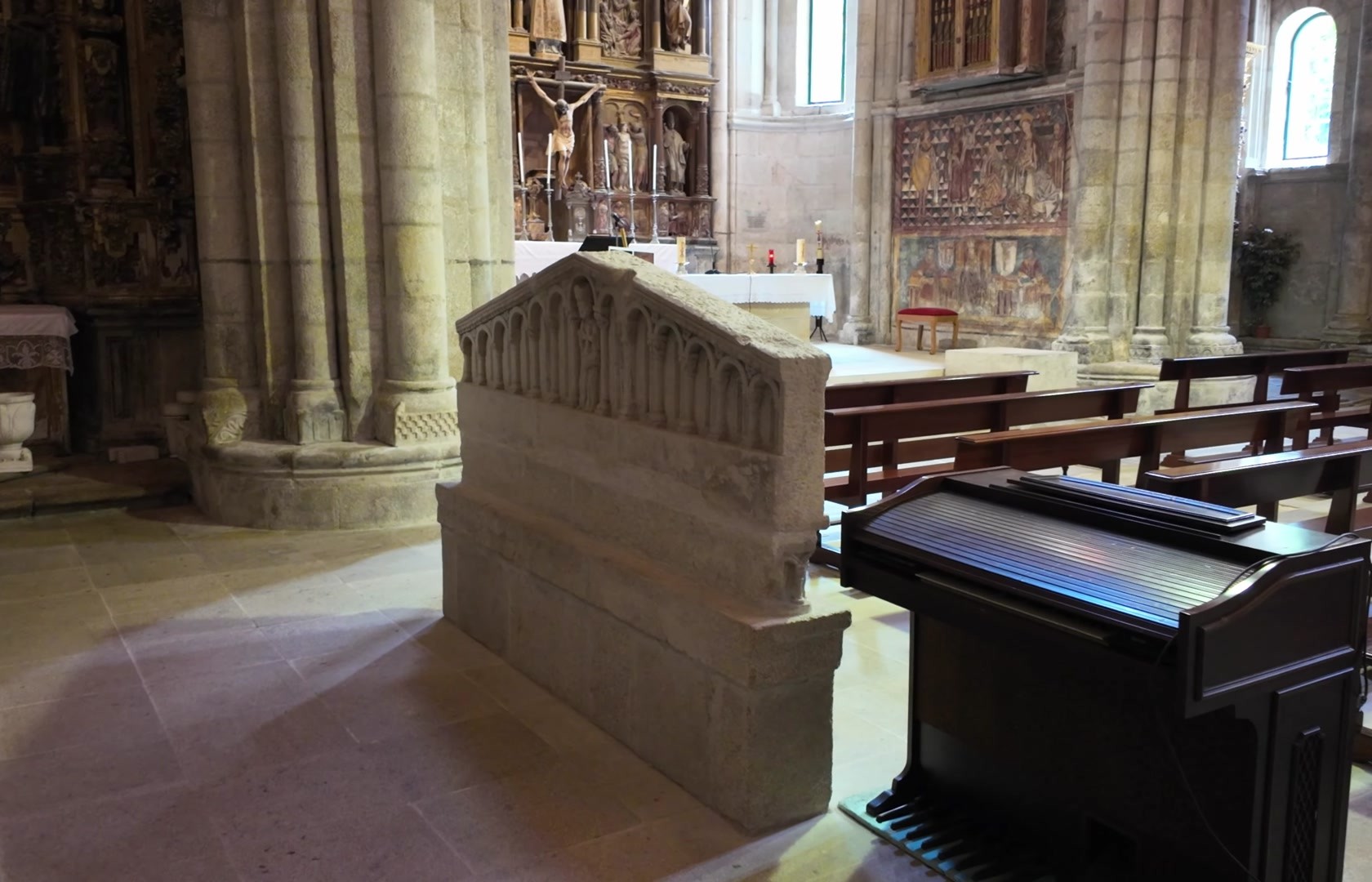
One of the church’s most striking features is a stone altar carved from granite, dating back to the 11th century. One side shows Christ with the twelve apostles; the other side shows Christ alone. In front of it is a newer altar. Interestingly the bishops rings were once kept here. Today, they’re housed in the Ourense Cathedral. These rings used to be placed in holy water, which people would then drink to experience miracles. I suppose all miracles have a touch of magic to them, don’t they?
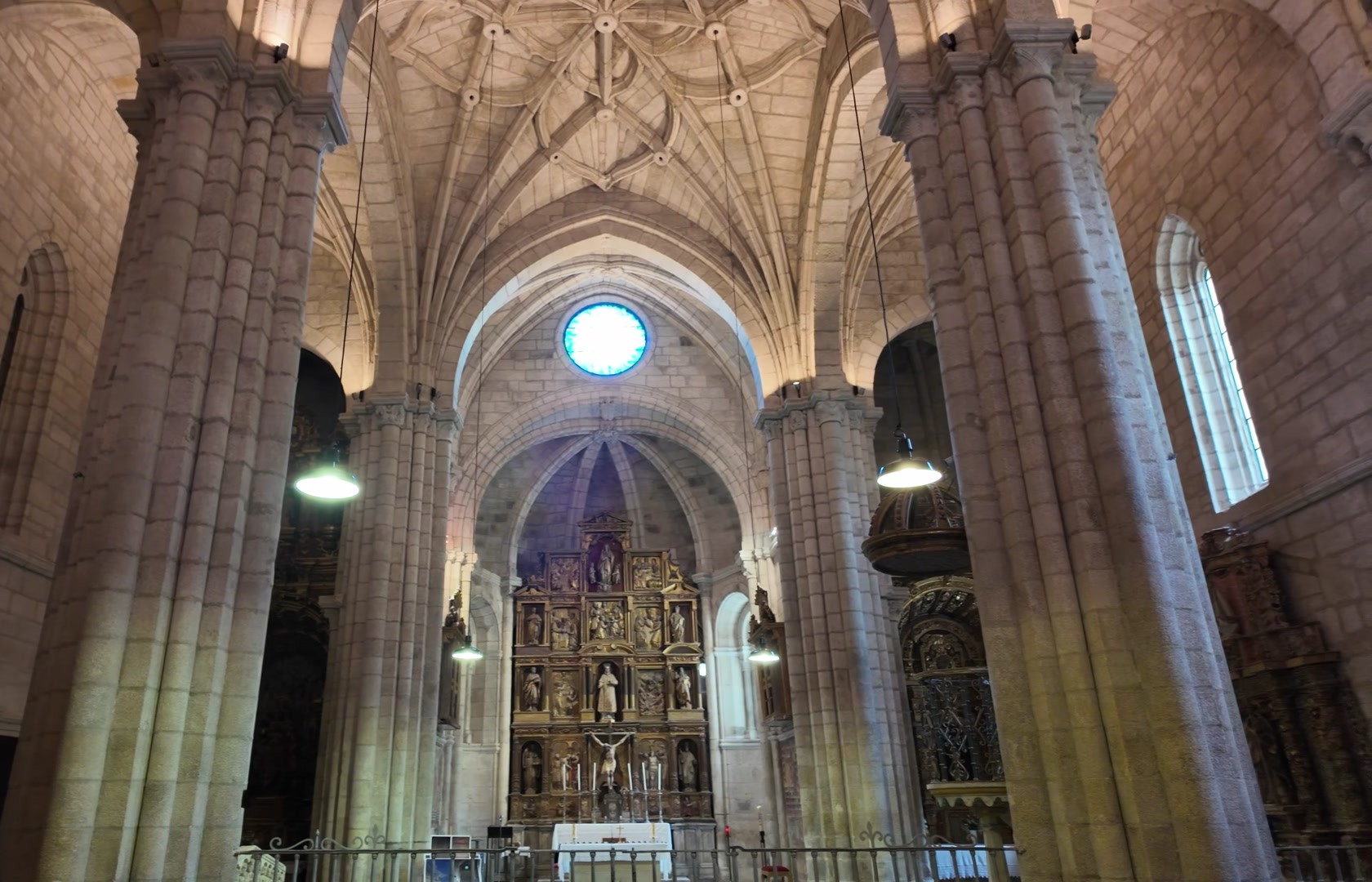






But honestly, the most breathtaking thing here is the scenery. The viewpoints open up to absolutely spectacular landscapes. These are some of the most impressive I’ve ever seen. Rivers, canyons, villages... There are even riverboat tours. The most famous viewing platform is called the Balcony of Madrid. If only Madrid had balconies like this.









The weather in this region is quite unpredictable. One side of the mountain might be sunny while the other is foggy or rainy. The nature is incredibly diverse too, with tundras, valleys and dense forests. The roads are narrow and sometimes slippery. Be careful, otherwise your trip might be cut short.





Later, I visited another monastery: San Pedro de Rocas or Saint Peter of the Rocks. It's one of the oldest monasteries in the area and feels more like a hermitage. In the 6th century, monks came here and carved out cells and prayer spaces inside the rock. Then came the Muslims and afterward the Christians returned. In the 10th century, 13 monks lived here. That was its most active period. It was later abandoned and revived again in the 15th century. Today, it has a small museum.



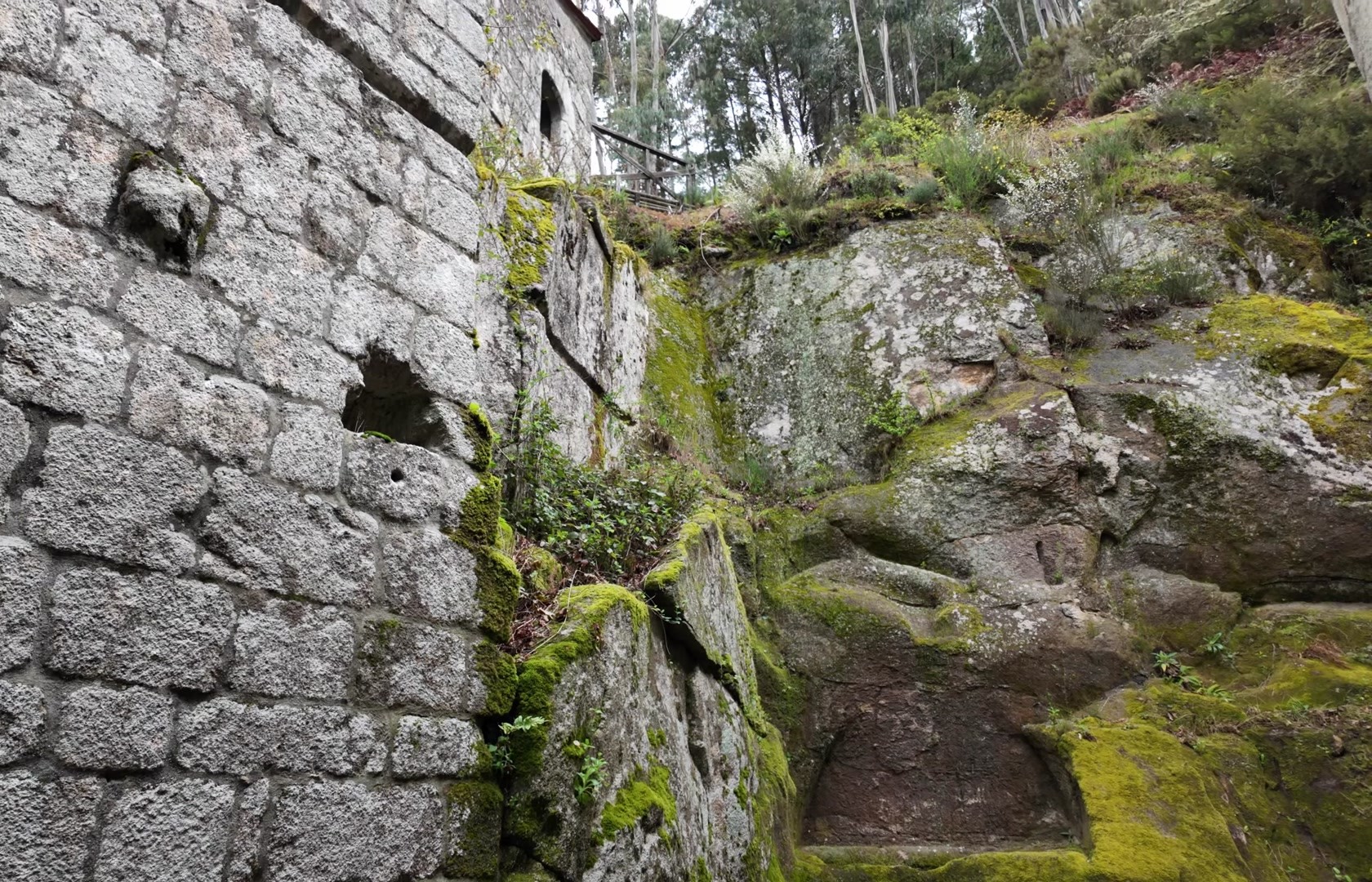





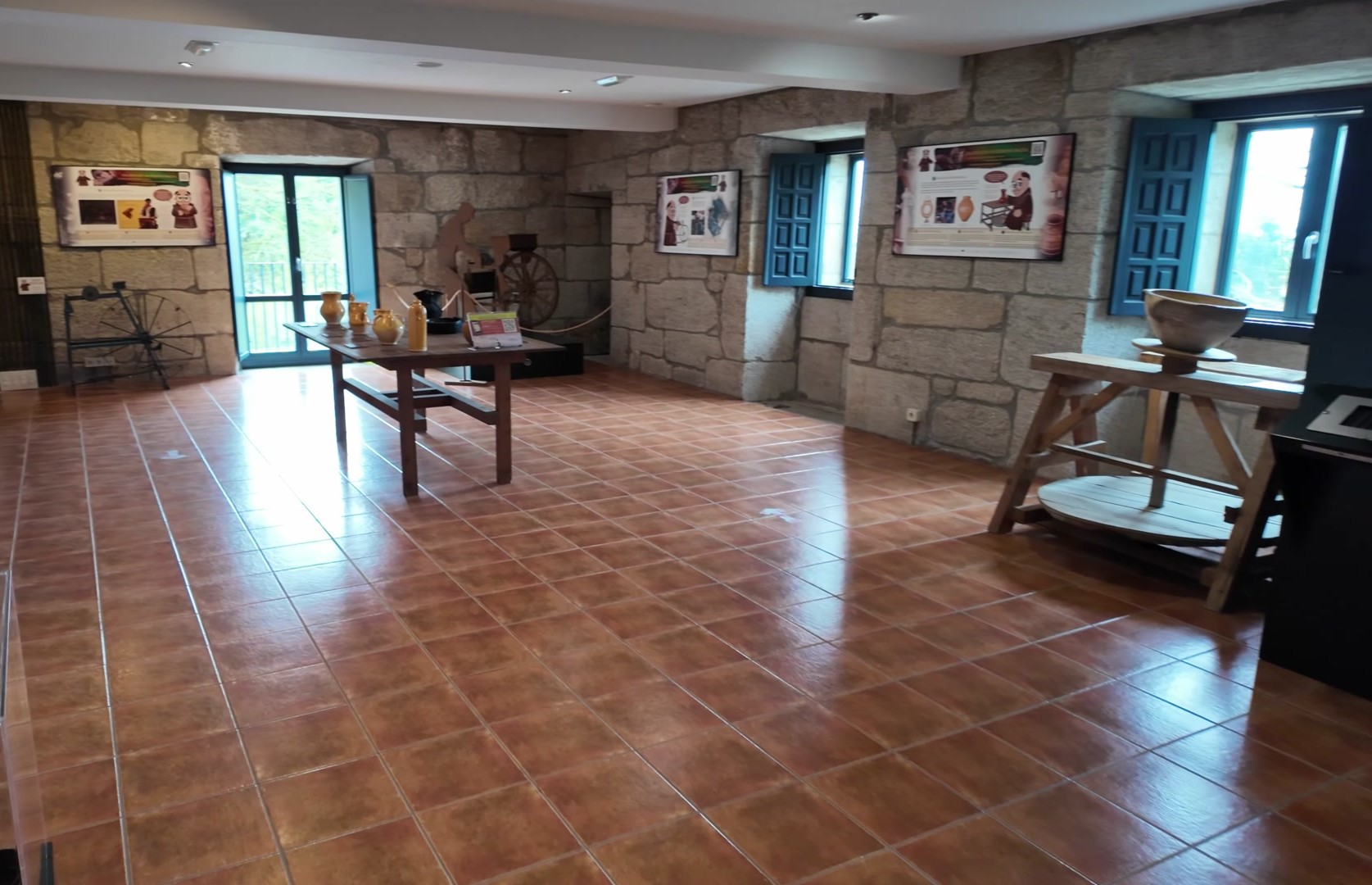


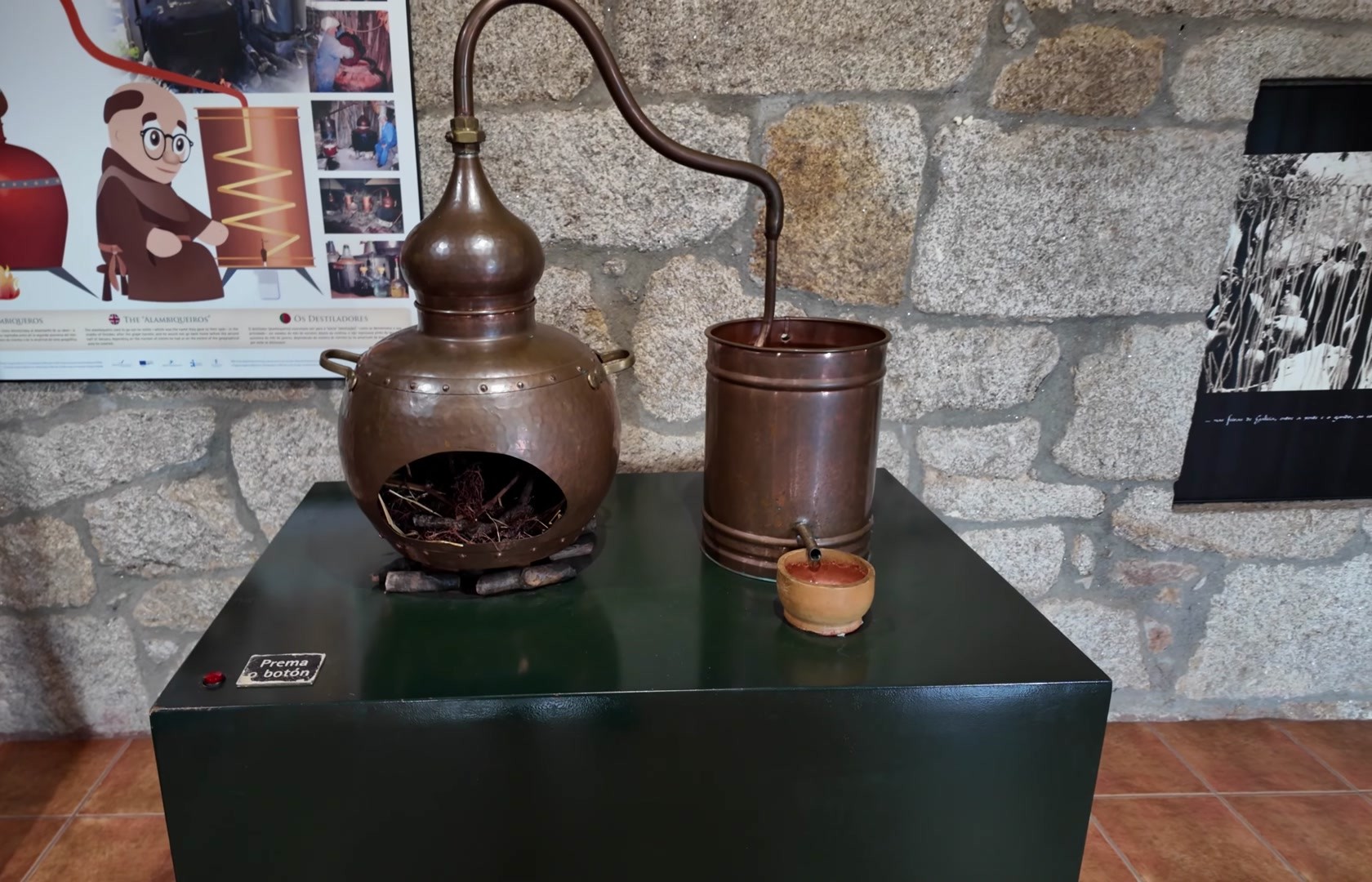

Next to the monastery, there’s a natural spring, though not very strong. Still, it’s said to have healing properties. There’s also a bell tower carved from the rock, a small cemetery and a magical forest. Honestly, it feels like you’ve seen the entire world in a single day.

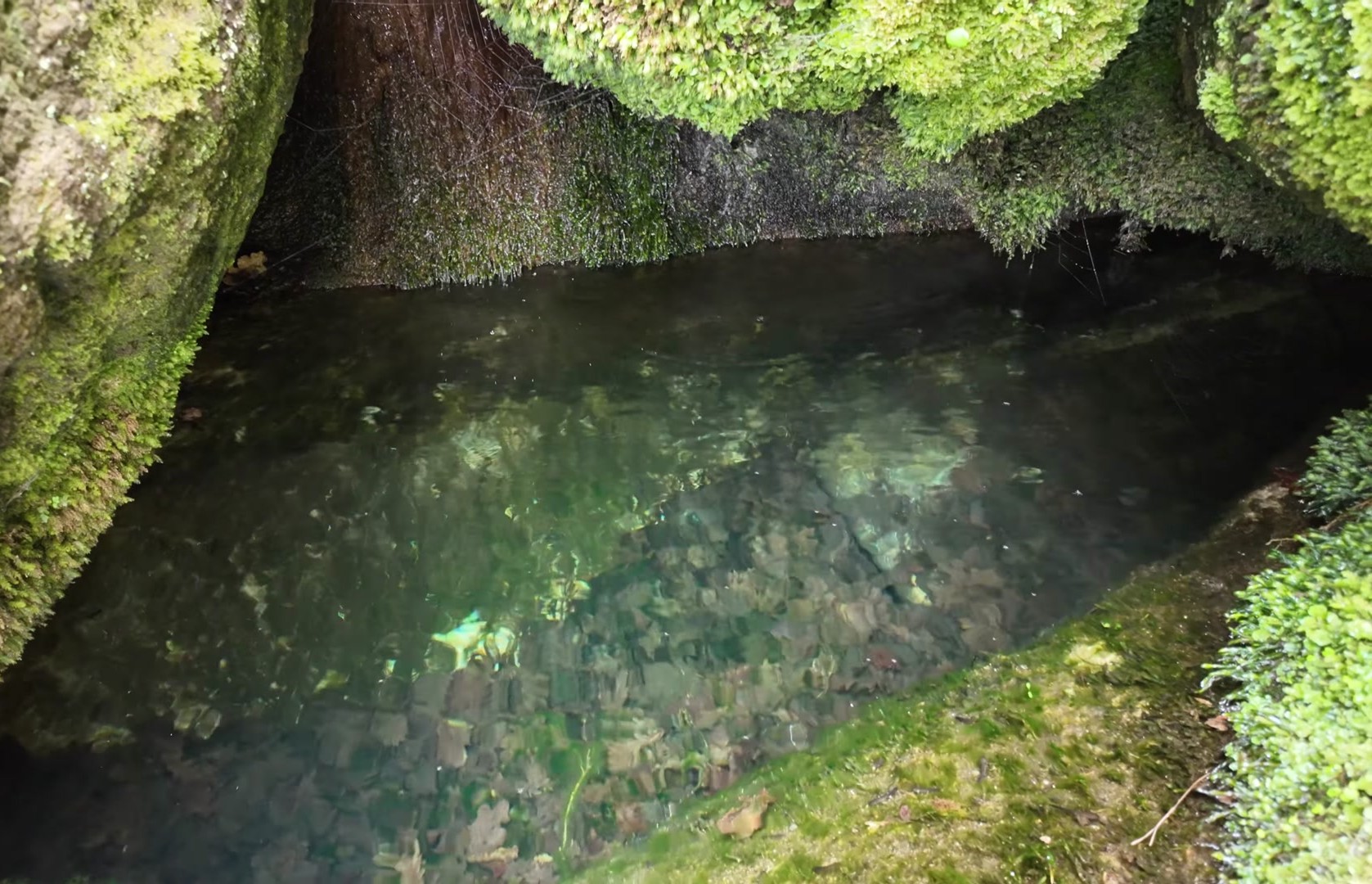
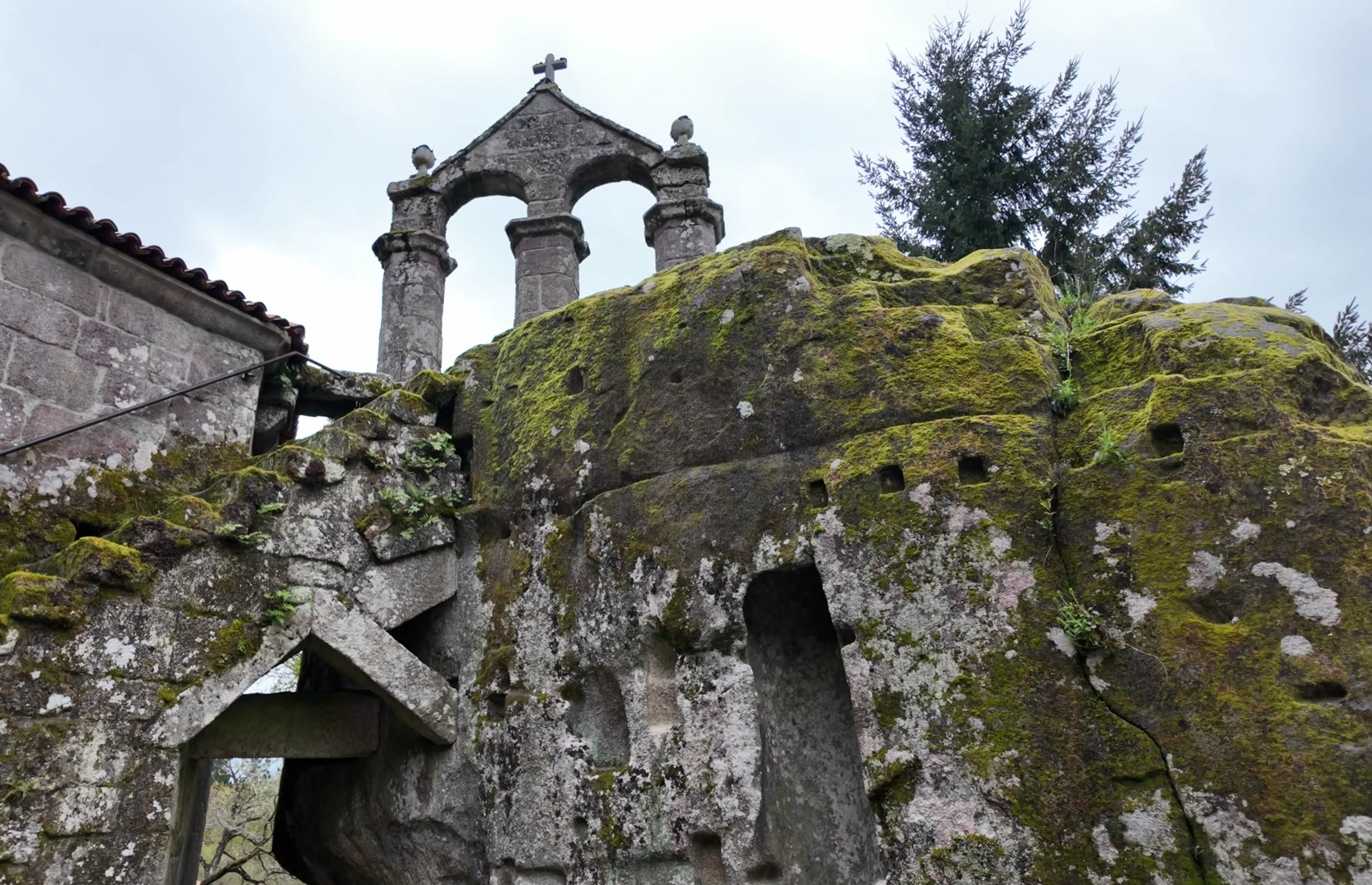



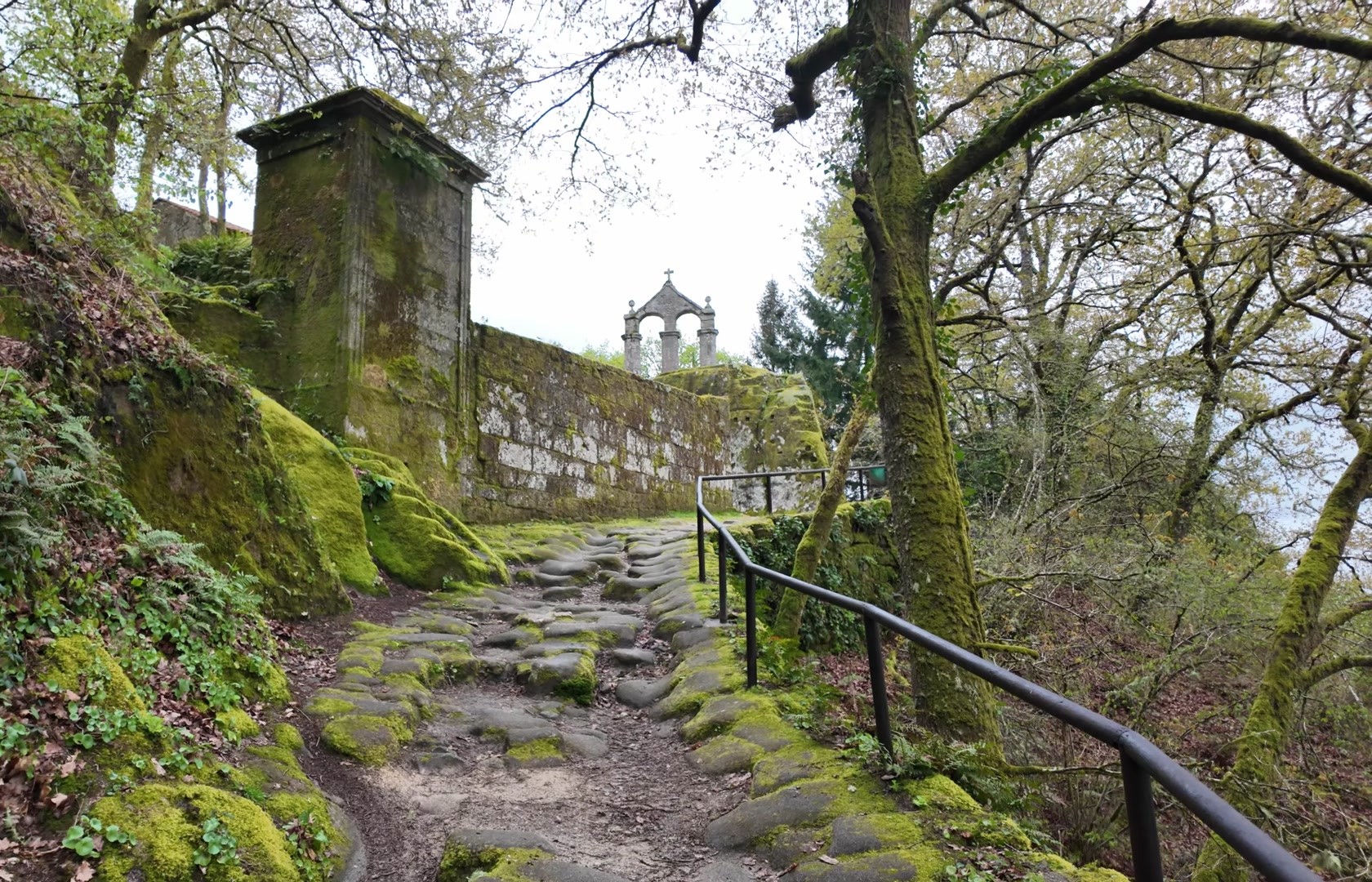
Our final stop was Ourense. This is the thermal capital of Spain and also the seat of the local bishopric. I visited the cathedral, which is Romanesque in style, made of granite and impressive. Inside there’s a treasure room filled with jewels. And yes, the nine bishops’ rings are kept here. The chapels inside are works of art in their own right.
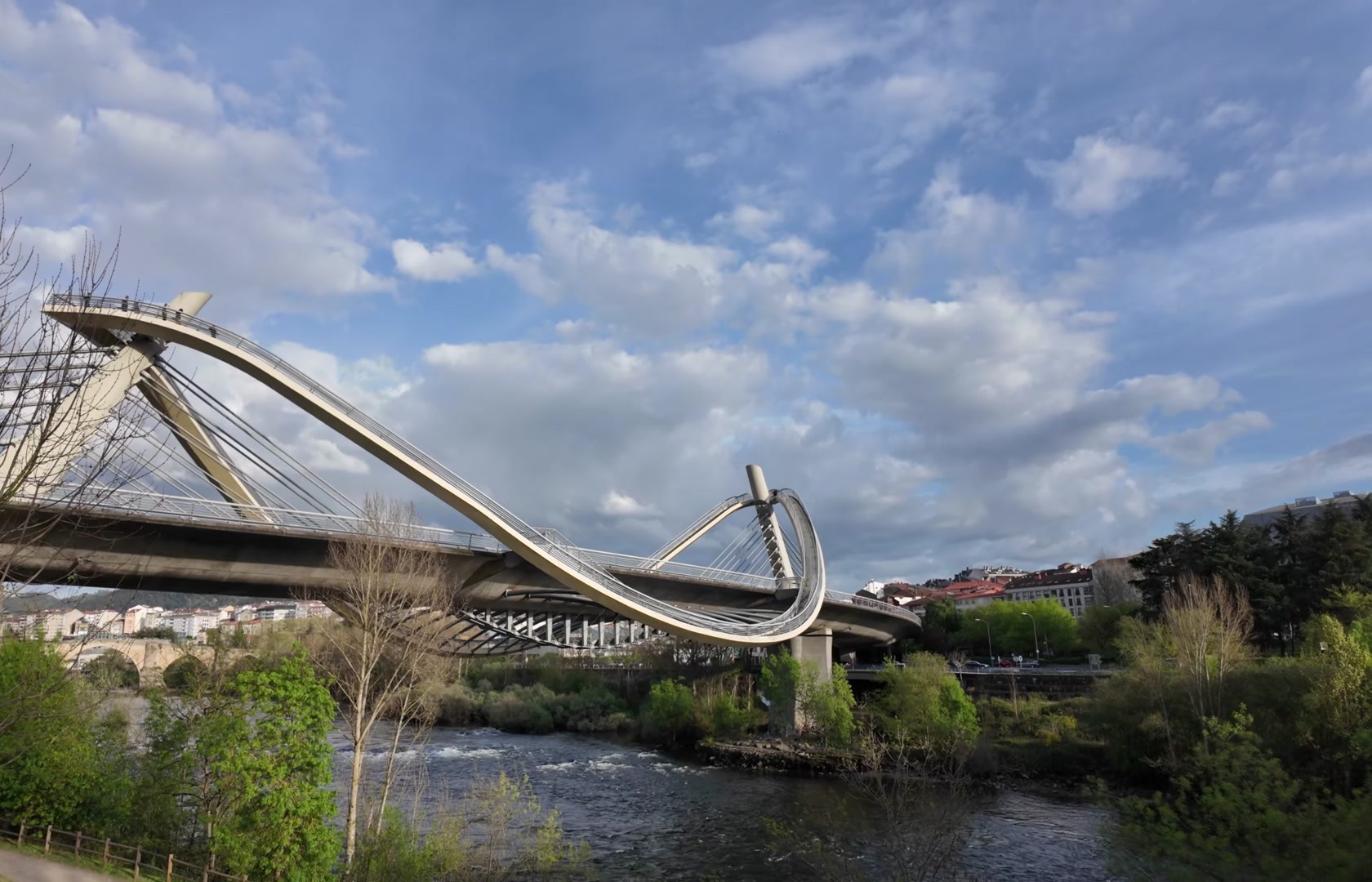
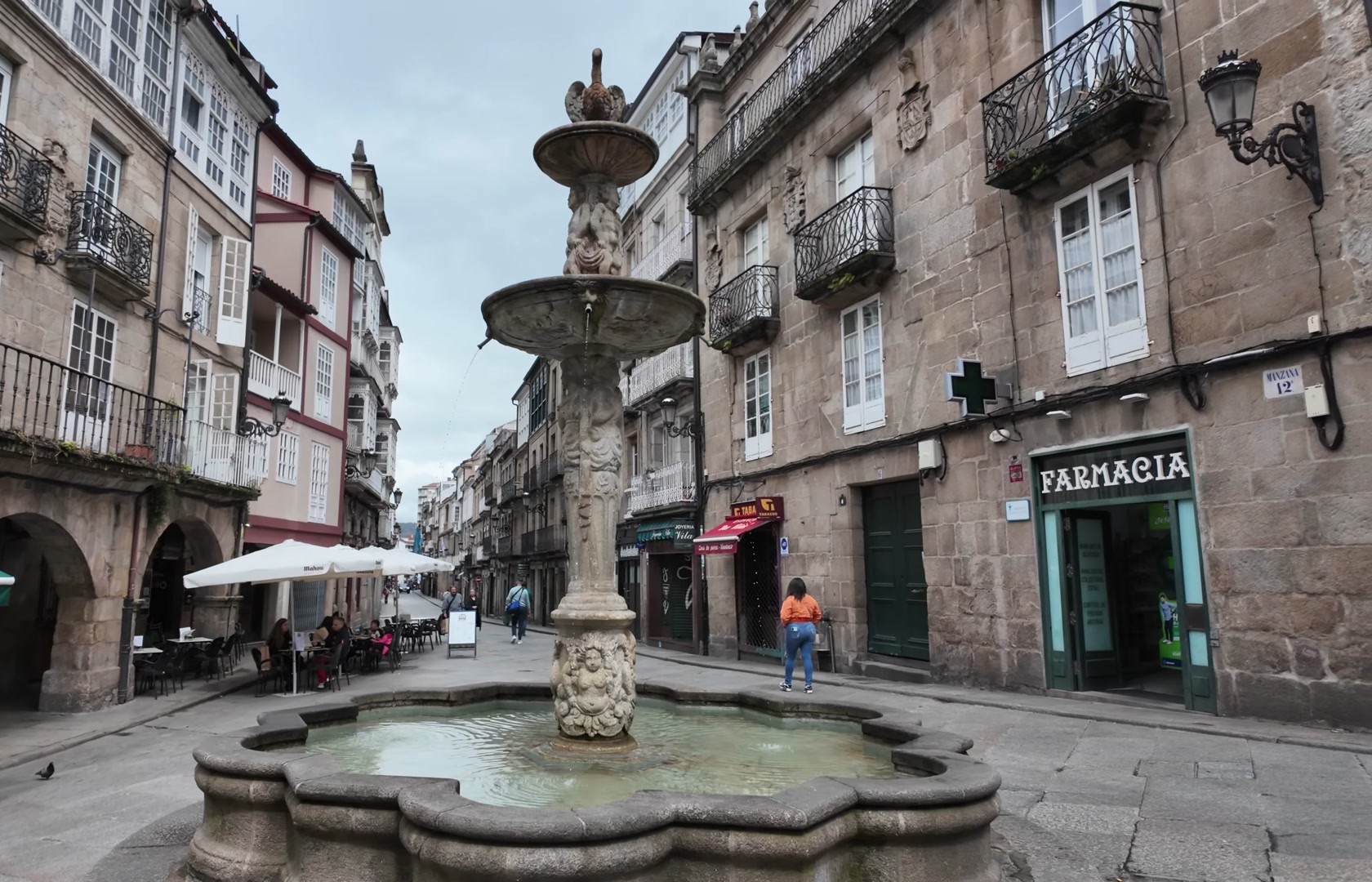
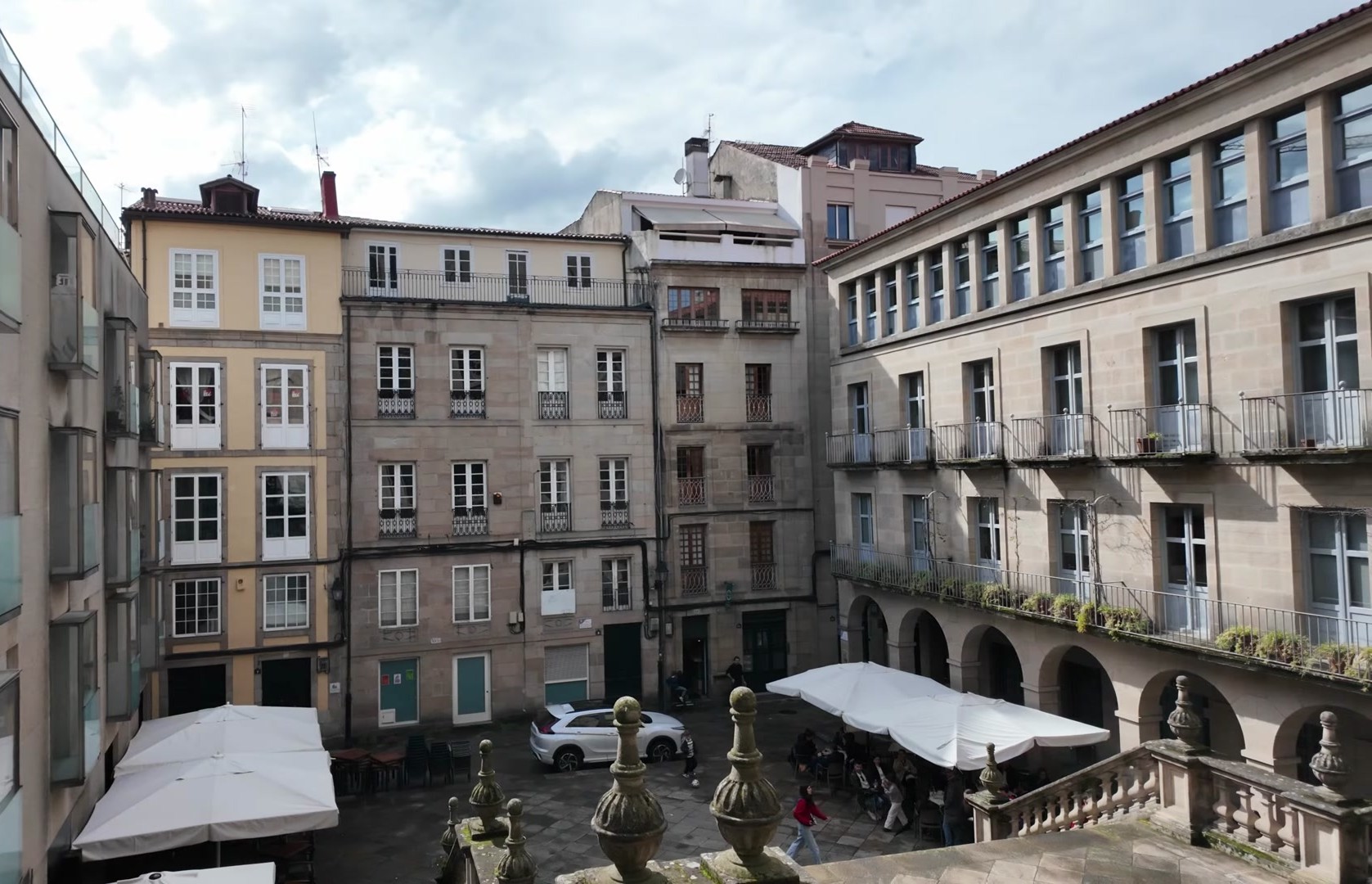
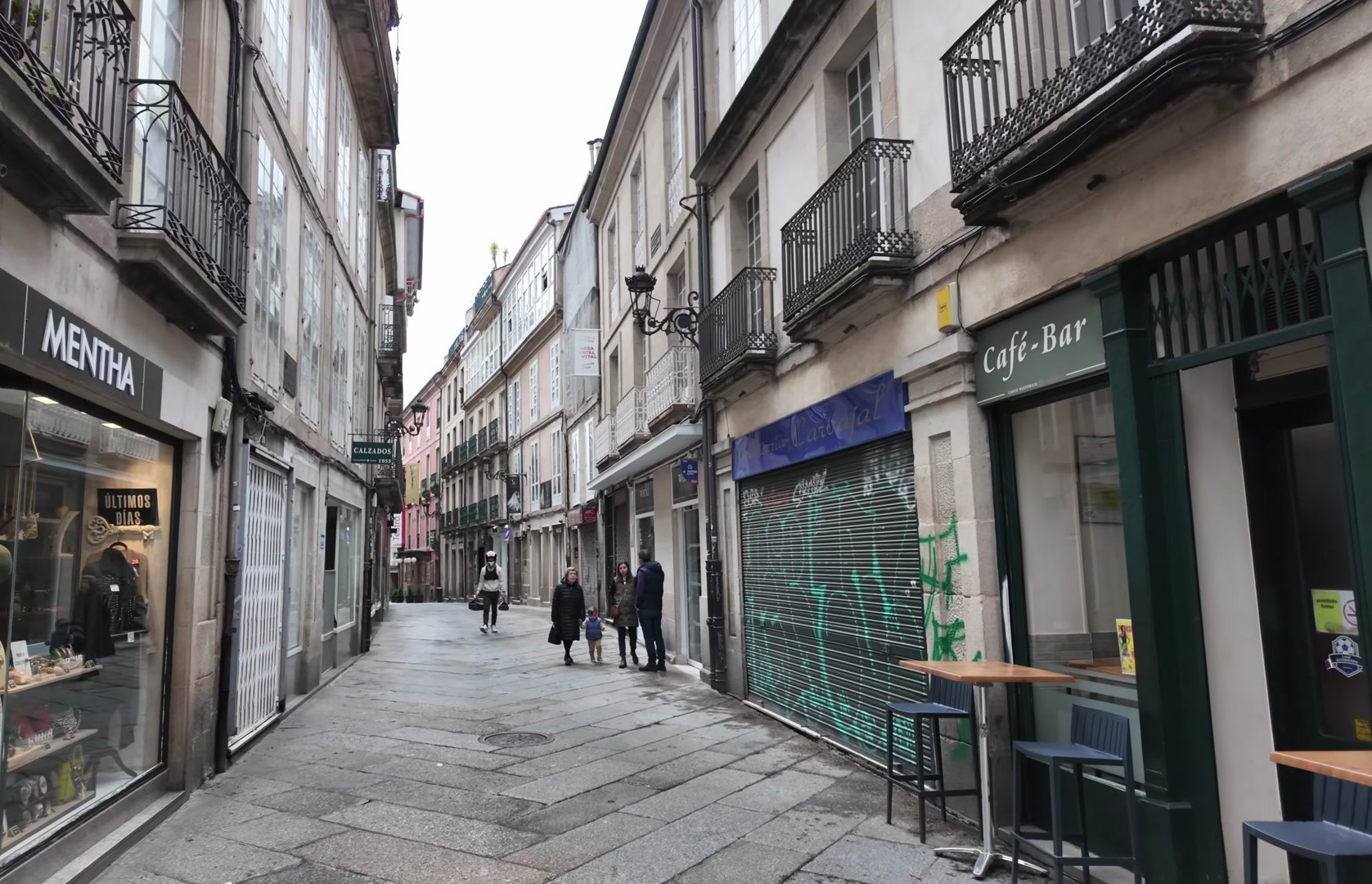
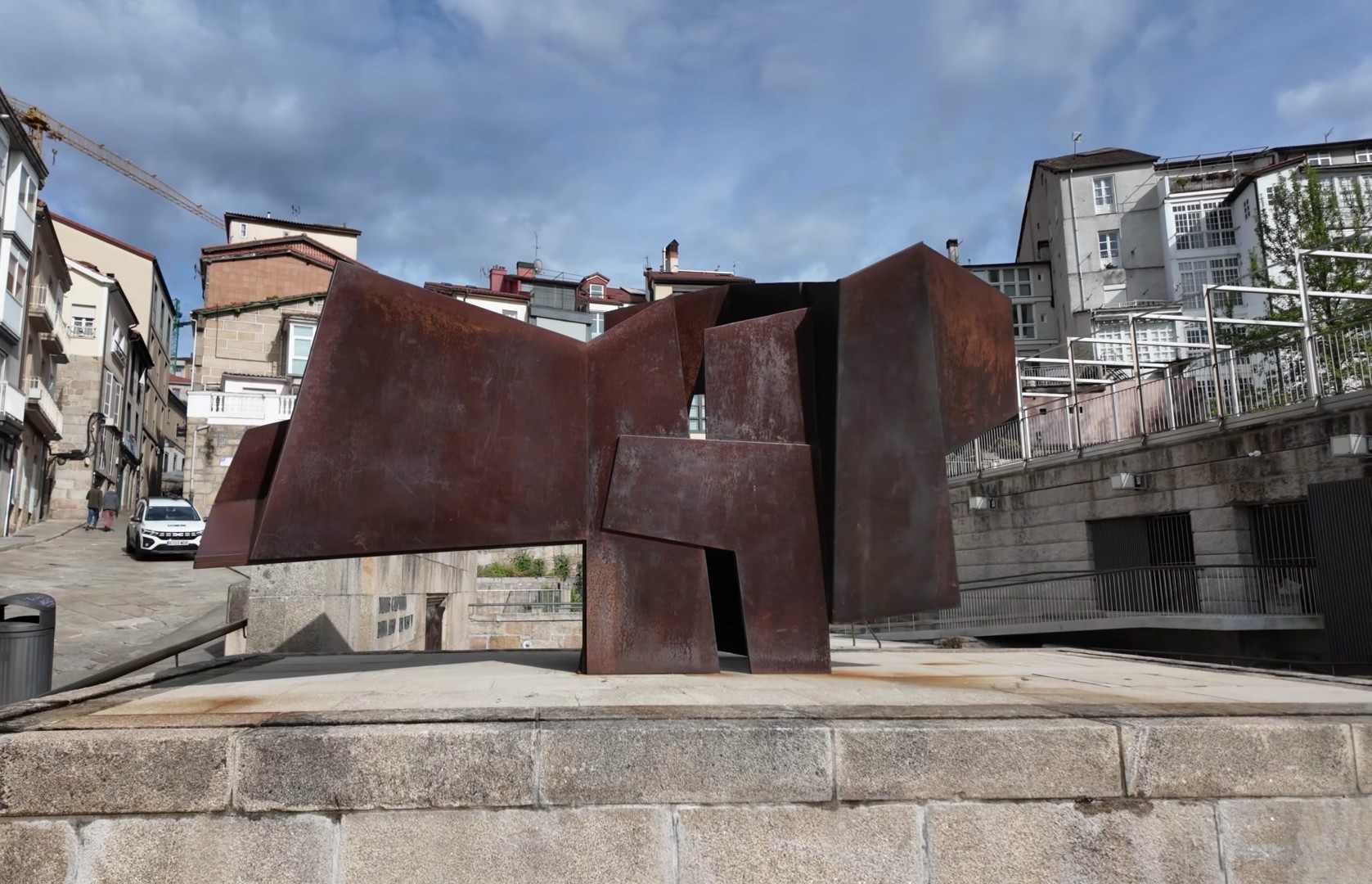





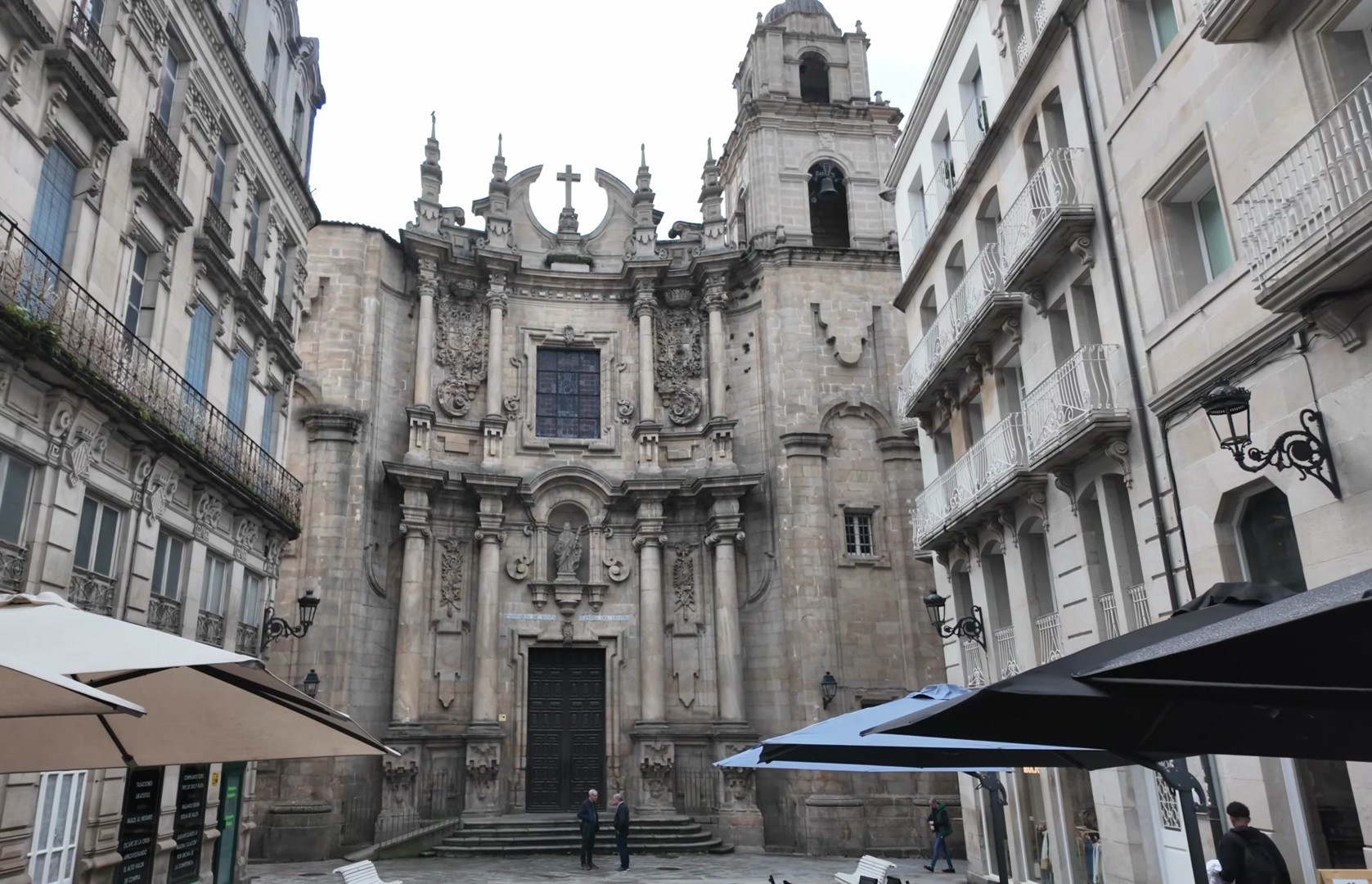
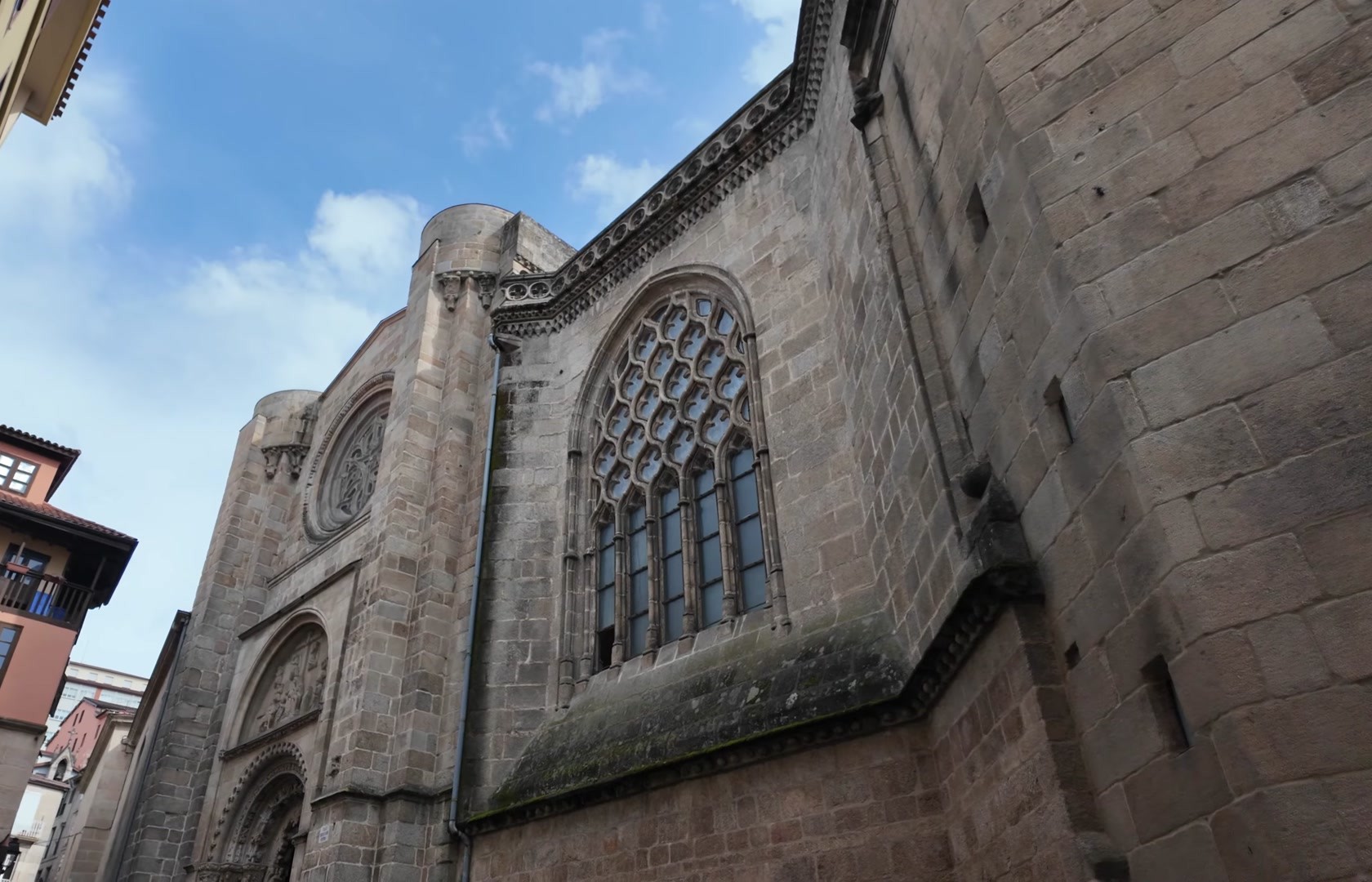
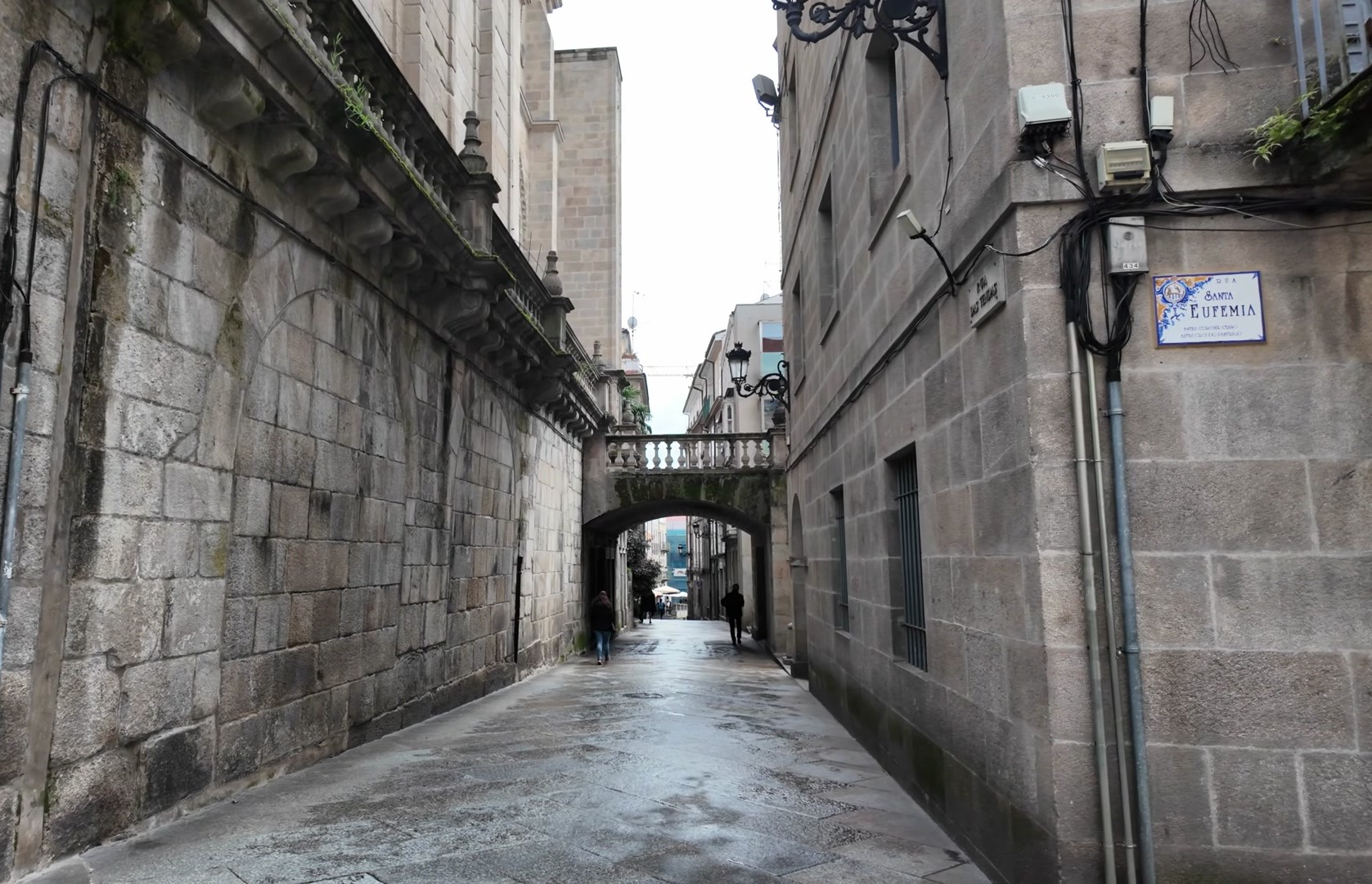
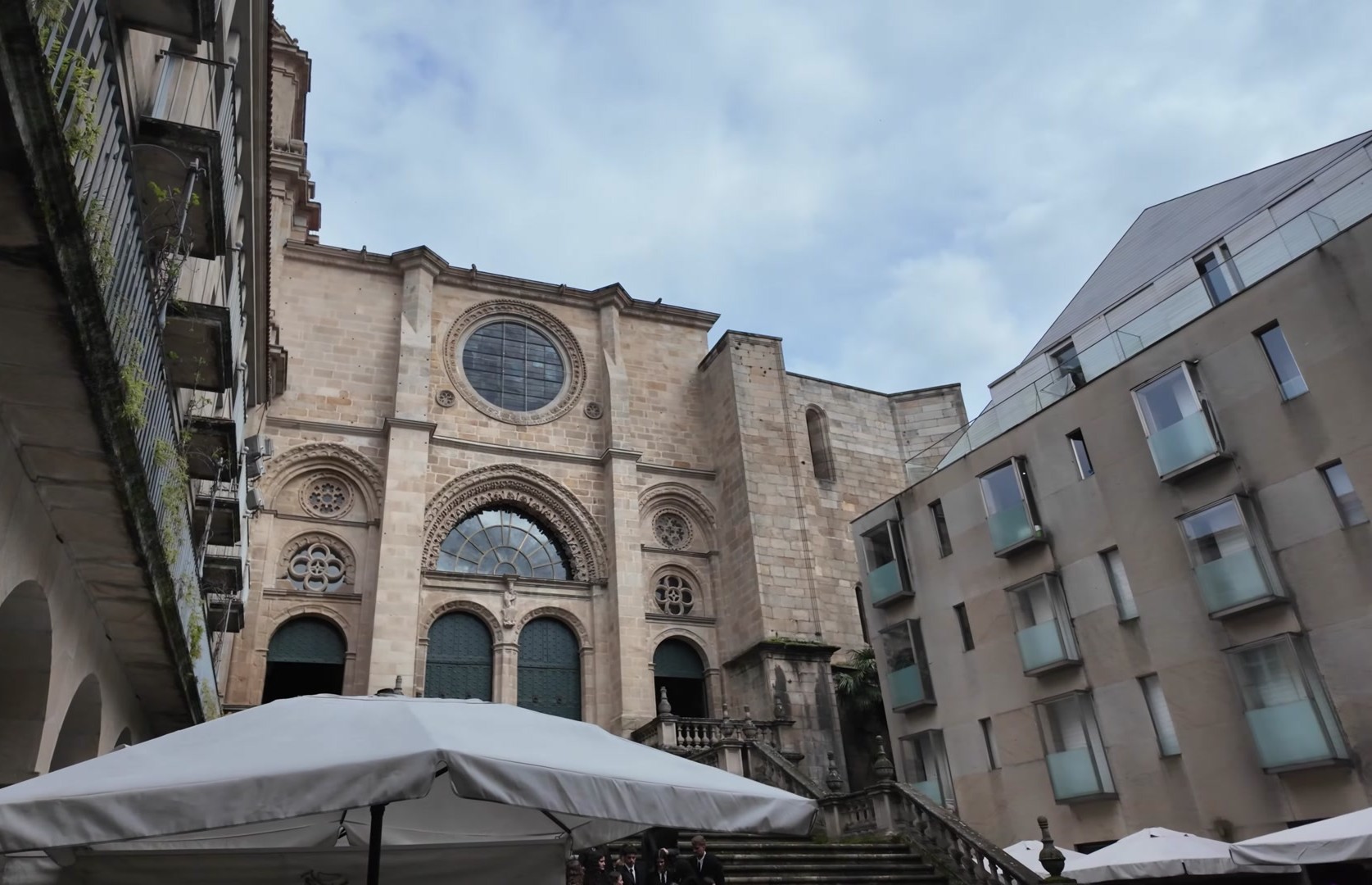
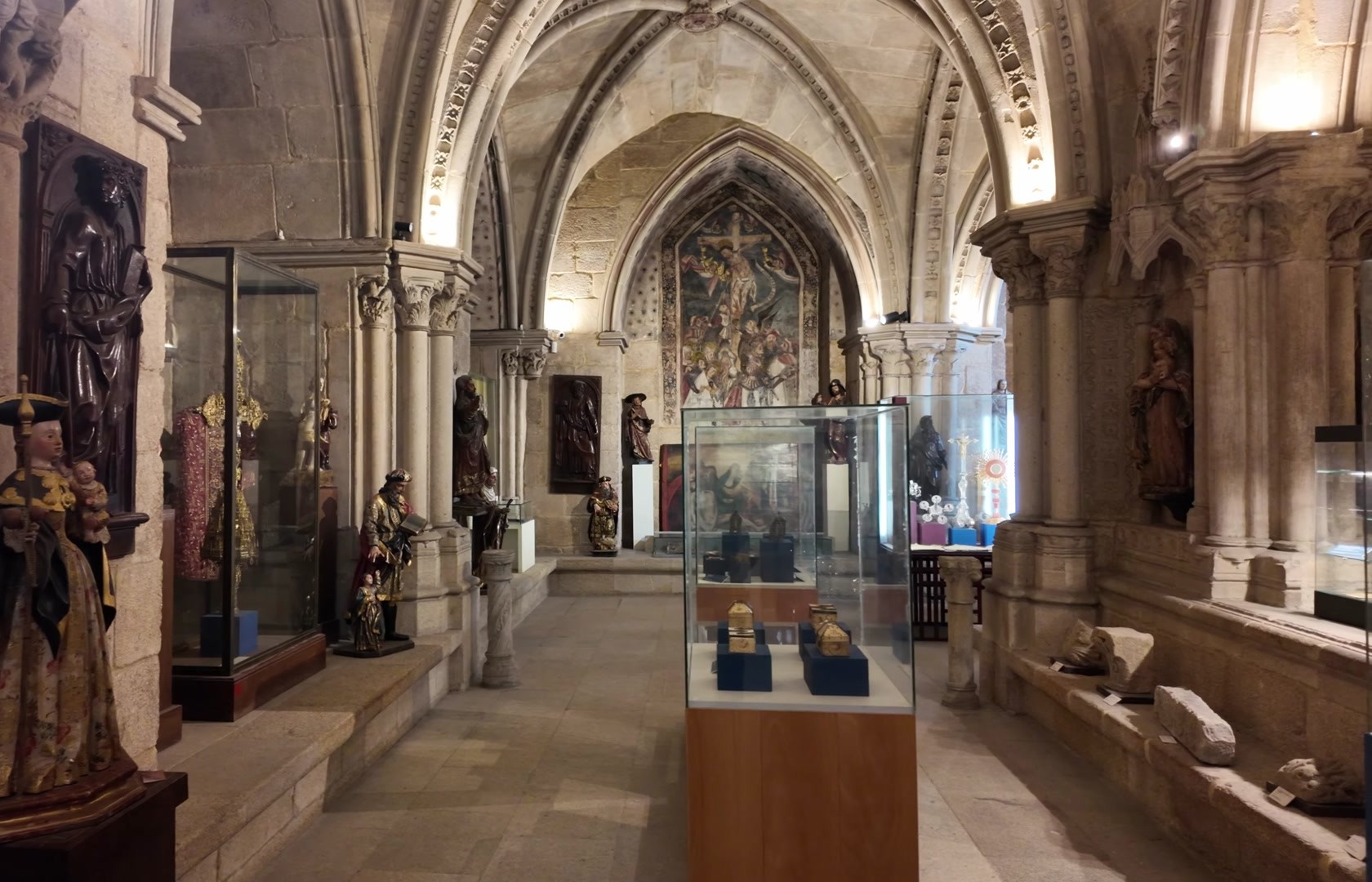
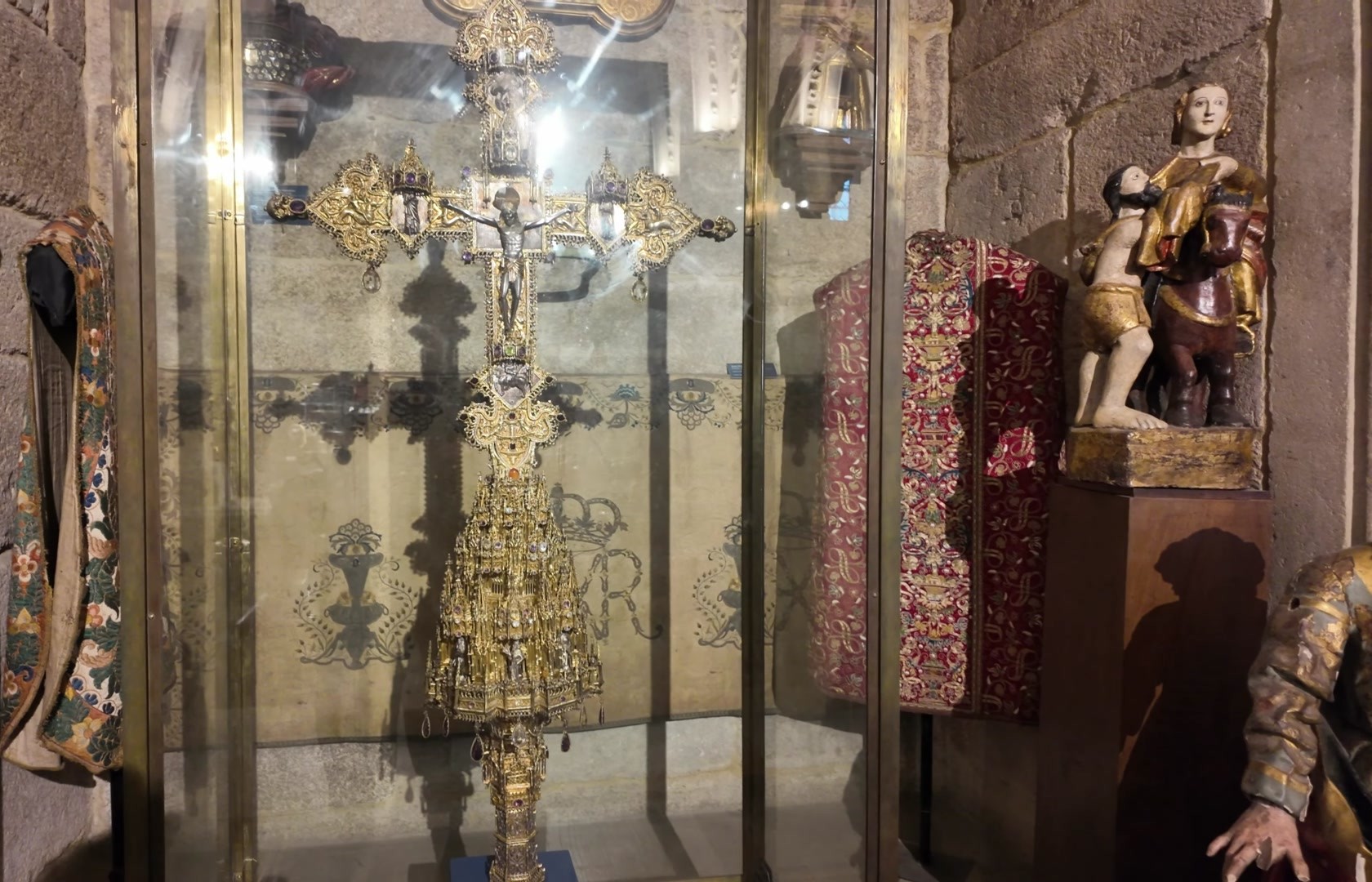












You can climb to the top of the cathedral’s bell tower. The city slopes downward like an amphitheater, with the center located at a lower level. Compared to the mountains, the climate here is much milder and more pleasant. The city feels lively. It even seemed like students were celebrating their graduations. It’s not overly touristy, but absolutely charming.







There are two Michelin starred restaurants in Ourense, which is remarkable for a city of just 100.000 people. I chose a small tasting menu that featured Galician cuisine made with local products. Seafood with Japanese touches, vegetables infused with truffle, very tender venison and even celery ice cream were some of the creative highlights. The experience was truly outstanding in both taste and price. It shows that you can have unforgettable meals even in the less touristy parts of Galicia.






And finally the most famous thermal spring: As Burgas. The bathhouse is under renovation, but the spring is still open. The water is around 60 to 70 degrees, so be careful because it’s very hot. The garden and landscaping around it are lovely too. It’s pretty incredible to have a public, free hot spring right in the city center. And right next to it, you can dip into the cold waters of the Minho River. Hot and cold water in the same spot creates a completely different kind of experience.









We ended our Ourense visit at a Roman bridge. The Romans knew the value of thermal waters, which is why they built a bridge here. This was likely part of the Silver route.


A few final notes: The cathedral is dedicated to Saint Martin, the city’s patron. The San Vicente Monastery in Monforte de Lemos was used as a hospital for a while after losing its religious role and then became a Parador. Both the Roman and modern bridges are quite impressive.The Minho River slightly changes its name near the Portuguese border, but the landscapes remain just as beautiful. I hope you enjoyed today’s post and this journey through Galicia. See you on the next adventure.

You can check out this post and your own profile on the map. Be part of the Worldmappin Community and join our Discord Channel to get in touch with other travelers, ask questions or just be updated on our latest features.
Wow this is really perfect the view and the historical place has very cool building architecture and very deep history, this is really amazing❤️
I’m so glad you loved it . The views and history in Ribeira Sacra and Ourense really do make it special. ❤️ 🤗
Hiya, @glecerioberto here, just swinging by to let you know that this post made it into our Top 3 in Travel Digest #2608.
Your post has been manually curated by the @worldmappin team. If you like what we're doing, please drop by to check out all the rest of today's great posts and consider supporting other authors like yourself and us so we can keep the project going!
Become part of our travel community:
thank you so much 🤗
You are very welcome @larissalugo! it was well deserved. ☀️
We are already looking forward to reading more about your adventures!
Que hermosa amalgama de historia, misterio y modernidad. Las fotos son verdaderas joyas. Increíble trabajo 👌💯
¡Muchísimas gracias por tus palabras tan bonitas! Me alegra mucho que disfrutaras el viaje por Ribeira Sacra y Orense. 💫